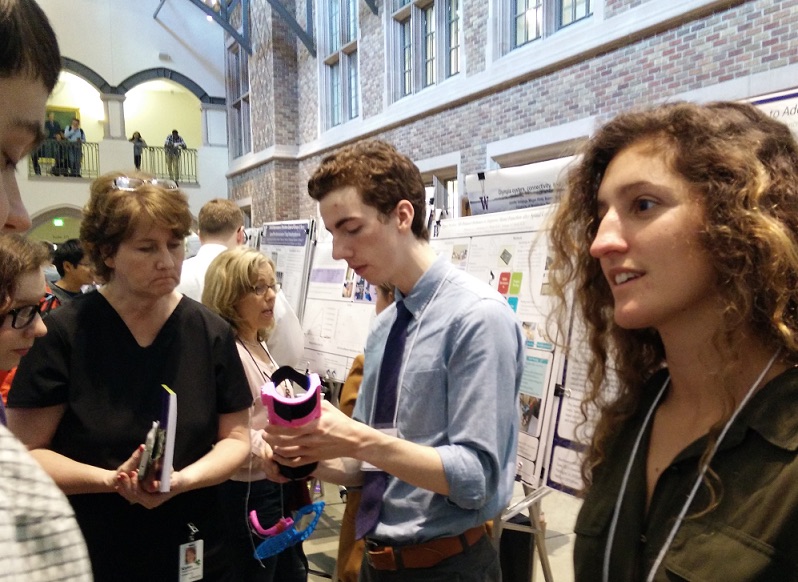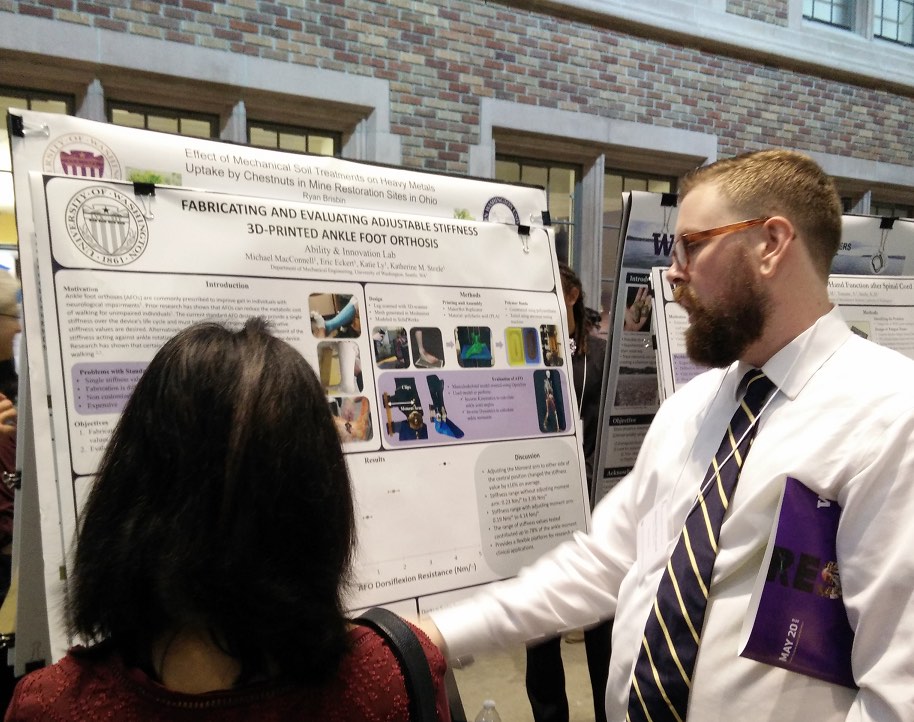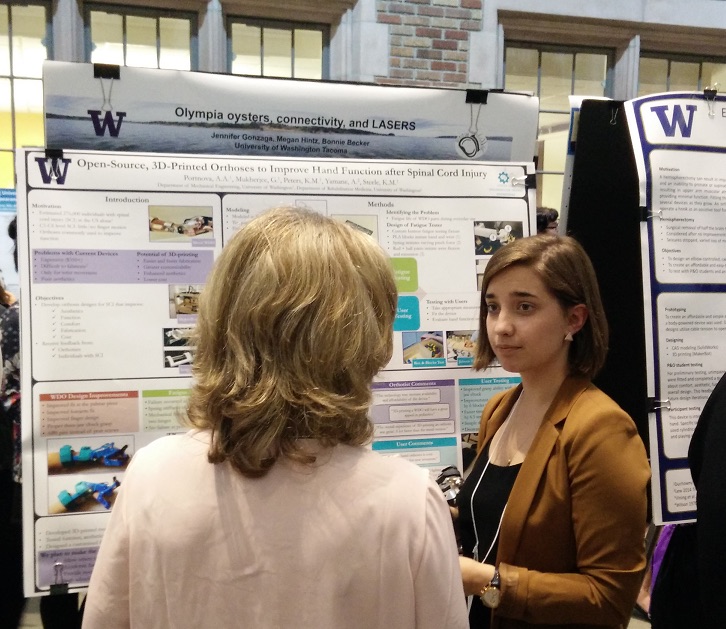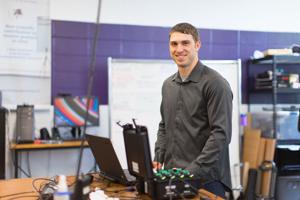Sasha Portnova received the Department of Mechanical Engineering Outstanding Research Award during her undergrad graduation ceremony. Congratulations to Sasha for a most deserved award for her dedication to individuals with impaired upper limb mobility and perseverance in custom-fit, affordable orthoses. Next year Sasha will head to Northwestern University to continue her studies in Mechanical Engineering. Go Biomechanics and go Sasha!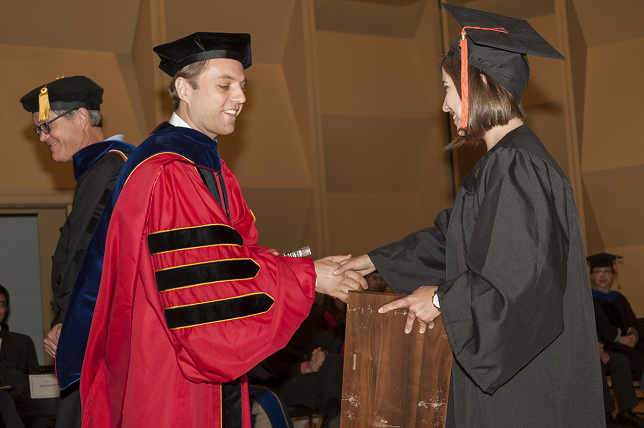
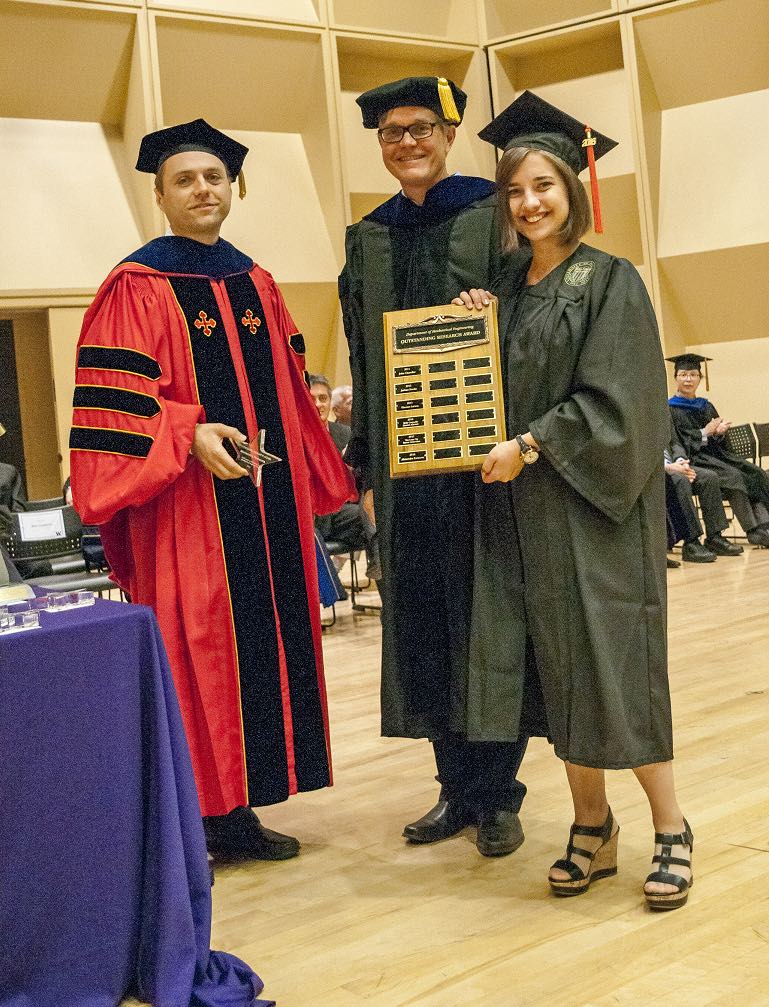
Choi, H. Evaluation of Gait and Muscle Function with Ankle Foot Orthoses. PhD Dissertation.
A dissertation submitted in partial fulfillment of the requirements for the degree of Doctor of Philosophy, University of Washington, 2016. To download and read in full, CLICK HERE. to access through the University of Washington’s ResearchWorks Archive.
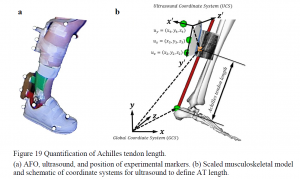 Background: Many individuals with cerebral palsy (CP) and stroke are prescribed ankle foot orthoses
Background: Many individuals with cerebral palsy (CP) and stroke are prescribed ankle foot orthoses
(AFOs) for use during daily life. AFOs have been shown to improve pathologic gait and walking
speed in CP and stroke by providing support and alignment. There are many different types of
AFOs available such as posterior leaf spring AFOs, rigid AFOs, and articulated AFOs. Further,
there are many parameters that can be customized or tuned for each type of AFO, such as
stiffness, heel height, shank to vertical angle, and foot plate length. However, how different types
of AFOs and the customization of specific parameters impact muscle function remains unclear.
Purpose: The goals of this dissertation were to evaluate how different types of AFOs and different
tuning parameters impact gait kinematics and muscle function. Of particular interest is the
gastrocnemius, a key muscle that crosses the knee and ankle joints and is commonly tight among
individuals with CP or stroke. Gastrocnemius operating length, defined as the total muscle and
tendon length during a functional activity, influences ankle and knee kinematics during gait.
Results/Discussion: This dissertation provides important evidence for how humans adapt to various AFO
properties and suggests important implications for the design and prescription of AFOs. This
work provides a quantitative evaluation of how AFOs impact musculotendon dynamics among
individuals with stroke (Aim 1) and cerebral palsy (Aim 2). The fabrication methods in Aim 3
creates a powerful and flexible research platform for evaluating AFO design, which may be
extended to fabrication of AFOs for daily use with further improvements in additive
manufacturing materials and methods. The final study (Aim 4), provides the first experimental
evidence combining ultrasound and musculoskeletal modeling to understand how muscle and
tendon length are impacted by AFO design. These evaluations provide guidance for future AFO
design and prescription that can not only augment human mobility for unimpaired individuals,
but also provide improve metrics for improving function and guiding rehabilitation for
individuals with neurologic impairments.
Sasha Portnova featured in video – UW Undergraduate Academic Affairs
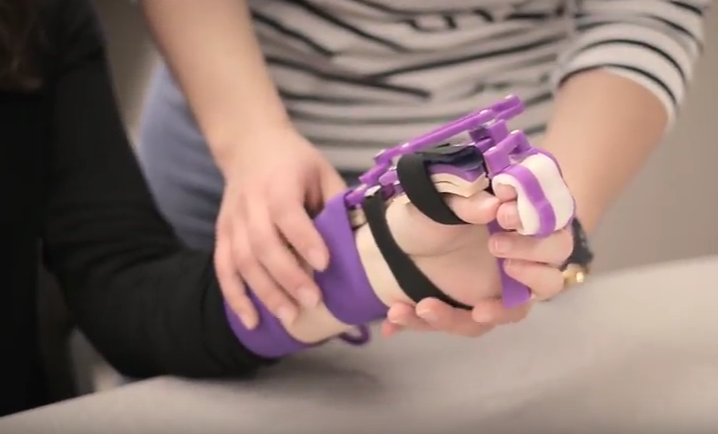 Congratulations to Sasha, a member of our lab who will be graduating this spring. Her work was chosen to be featured by UW’s Undergraduate Academic Affairs.
Congratulations to Sasha, a member of our lab who will be graduating this spring. Her work was chosen to be featured by UW’s Undergraduate Academic Affairs.
To watch the video follow this Youtube link or connect on Facebook (filmed and edited by Bryan Nakata).
“At the University of Washington, undergraduates like Sasha Portnova research issues that can impact the world. Portnova, a senior in the Department of Mechanical Engineering, uses her research to help solve the difficulties individuals with spinal cord injury may face. Growing up in Kazakhstan, Portnova was discouraged from studying engineering, which was viewed as a more typical male subject. After coming to the U.S. and enrolling in the University of Washington, she discovered her passion for engineering and helping others. This passion led her to began working on her project – a wrist assistive device for individuals who have lost hand movement. The 3-D printed device assists in hand movement for an estimated cost of $15. In addition to being cost-effective, the designs will be available online via open source for anyone to print their own. Along the way, she has presented her research to multiple conferences including Posters on the Hill in Washington D.C. After graduating this spring, Portnova’s next steps include obtaining a Ph.D. in mechanical engineering. She plans to use her passion for research to help others, specifically veterans.” – UW Undergraduate Academic Affairs
Work by Dr. Steele and Ben Shuman featured in The Daily news post
The team found that of the 473 children who had undergone surgery in their current study, those with higher Walk-DMC scores prior to surgery had better treatment outcomes, even after factoring in age and prior treatment.
The Daily, of the University of Washington, posted an article about Dr. Steele and Ben Shuman’s recent work on predicting cerebral palsy treatment outcomes based on motor modules, or muscle synergies. This work is in partnership with Michael Schwartz at Gillette Children’s Specialty Healthcare. An excerpt from the article is below. To read the article in full, click here.
Michael MacConnell, Bradley Wachter, CJ Smith, and Sasha Portnova Present at the Undergraduate Research Symposium
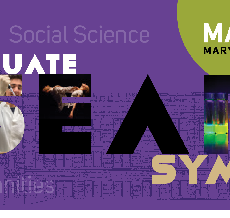
Our undergraduate researchers presented in Mary Gates Hall today, presenting their research from 11am-1pm. Member of the community, faculty, and staff stopped by to hear about Bradley and CJ’s work developing an open-source proximal control orthosis, Sasha’s wrist-driven, wrist-hand orthosis, and Michael’s work on ankle foot orthoses as a rehabilitation tool. Great job, everyone!
